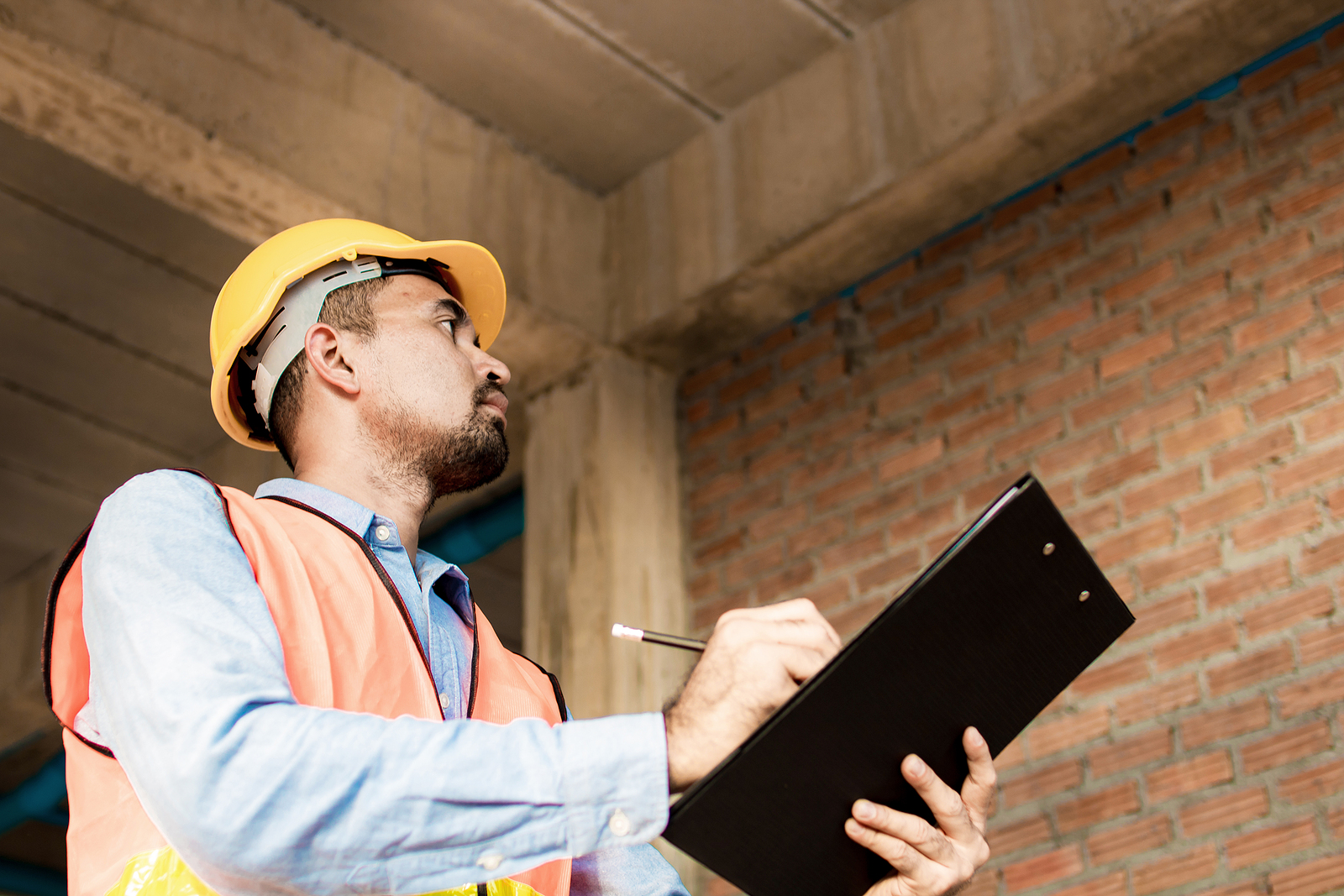Since COVID-19 has become a part of everyday life, the pandemic has affected many fronts, from health practices, work, shopping, social life, financial issues, and of course, our finances. For this reason, it’s become necessary for churches to reassess their practices from a variety of angles, and building operations is no different. We are updating our recommendations from a previous blog article to include considerations during the pandemic.
Church leaders and their congregations know the importance of maintaining the structure that houses their ministry. They want to preserve the building’s value for future generations, protect their assets, and keep the facility’s safe and efficient operations. Unfortunately, churches frequently find themselves addressing deterioration and safety problems as they happen, often without the necessary funds. There are additional health concerns, financial considerations, and opportunities to adjust an operations schedule to accommodate both during the pandemic. The goal is to make the best decisions to ensure that the ministry functions without shutting down essential programs and services that it is safe to house during the pandemic. We advocate working with a preventive maintenance program that works according to the annual church budget.
Preventive Maintenance Plan for Churches During the Pandemic
What should a plan for church repairs and maintenance include, especially during COVID-19? Here are a few good ideas...
Facility Assessment
To get a "big picture" assessment of the building's current state, an annual inspection of the facility will provide the necessary evaluation of its various components and systems. Ask an experienced general contractor to identify problems that need immediate repair and recommend an ongoing repair and maintenance plan.
Annual Maintenance Plan
Create a plan to address the maintenance problems and needs. Based on the needs of the facility and its equipment, the annual plan should include a checklist and timeline for the regular maintenance activities based on what areas will still be in use, even if at reduced capacity. Also, remember to plan for additional cleaning and sanitizing efforts per CDC recommendations. Keep in mind that your facility will be used differently in the foreseeable future, with a requirement for social distancing and signage for wearing masks. Finally, an operations manual will help explain safety, maintenance procedures and activities.
Church Financial Plan
Develop a financial plan for short and long-term upgrades. This financial plan should align with the congregation’s broader budgetary and ministry goals, considering possible reduced giving due to COVID-19. Using the maintenance plan, congregations can set priorities and financially prepare to repair and replace equipment. Ways to support the maintenance plan include:
- Reserve accounts for emergencies and repairs.
- A coordinated maintenance plan that aligns with the annual budget, seasonal tasks/calendar, and cash flow
- A long-term (10-year+) capital improvement plan. Consider renovating areas of the building currently not in use due to COVID-19.
Church leaders need to communicate clearly to their congregations how resources are used. Without a professional facility manager, many churches rely on volunteer leaders, resulting in irregular maintenance. When leaders share the preventive maintenance plan and communicate maintenance needs more broadly, their congregations are more likely to know what is needed and give generously to support those needs.
Myrick CPAs can advise churches regarding possible budget adjustments and fundraising ideas to make up for reduced income due to COVID-19.





